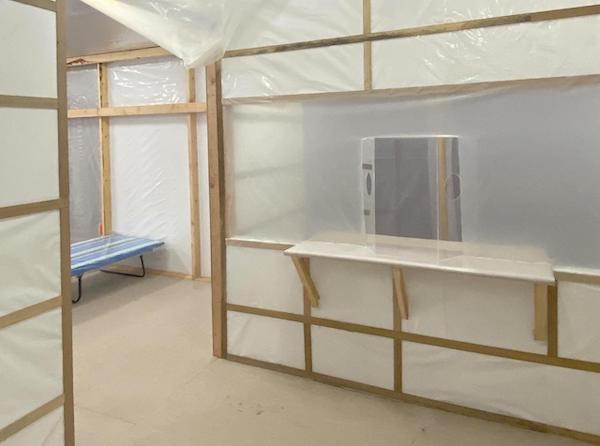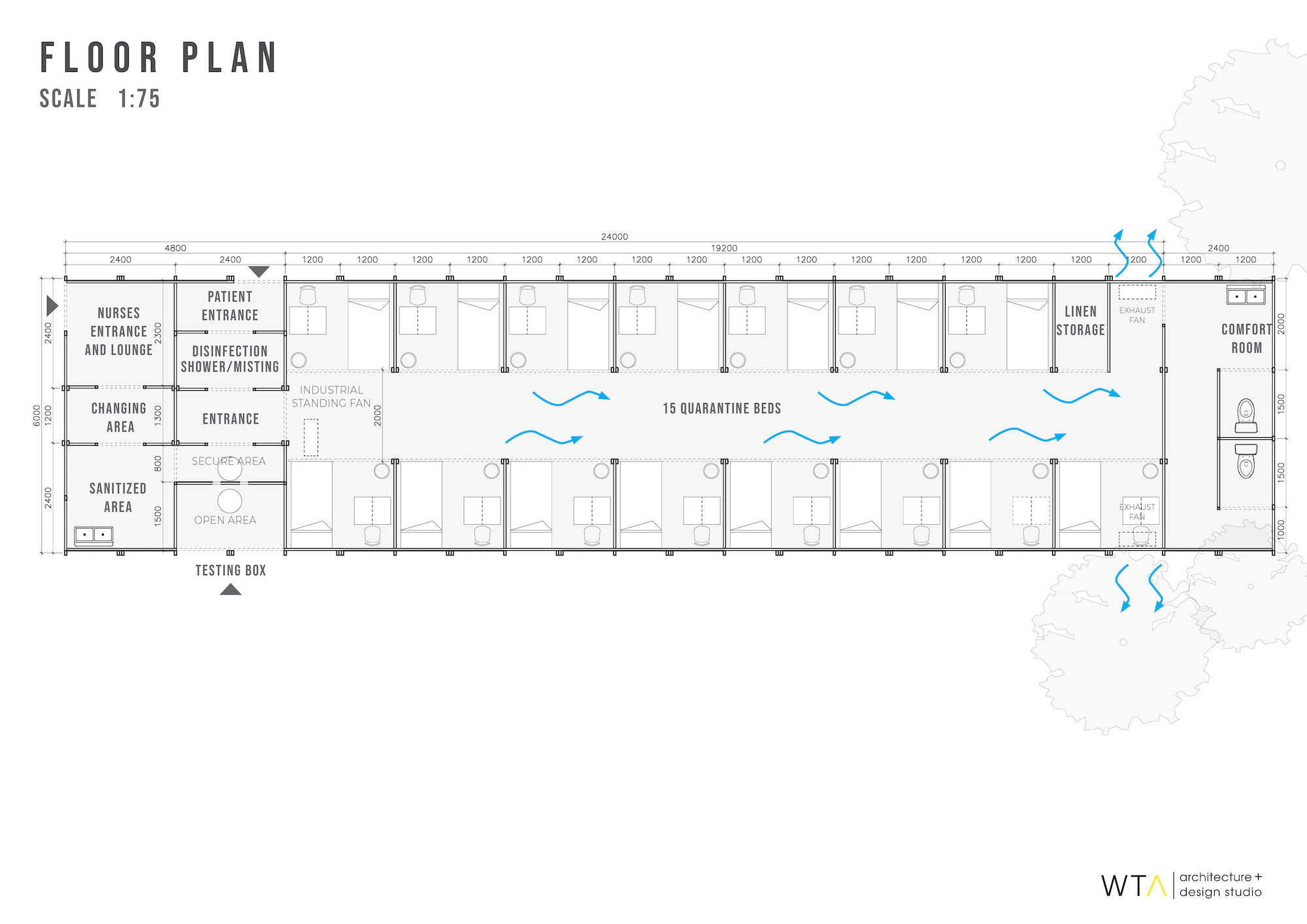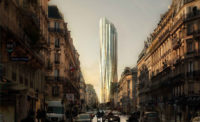Just a week ago, Manila-based architect William Ti was having a group chat with a couple of doctor friends about the biggest problems posed by the coronavirus locally. “PUIs [Persons Under Investigation] were being sent home from the hospitals because there was no more room,” he says. “So we started thinking about how we could roll out something that could accommodate more people.”
As the coronavirus rages, convention centers, stadiums, and other existing buildings in the U.S. are being pressed into service as temporary hospitals, typically to care for patients who don’t have the virus. The Emergency Quarantine Facility (EQF), designed in a volunteer effort by Ti’s firm, WTA Architecture + Design Studio, is targeted at yet a different population. It can take in patients who are waiting for test results or have mild symptoms but aren’t in dire straits—a way to keep potentially infected people separate from their communities.
The 15-bed EQF is the simplest facility that the firm could devise and still meet WHO guidelines for airflow and bed spacing. For a country composed of 2,000 inhabited islands, ubiquitous materials and easy assembly were critical to the design. “Speed and scalability were the primary concerns,” says Ti. Made from wood framing and plastic panels, the structure is based on a pavilion that the firm had designed for an architectural festival. The concept: a building that could be assembled from minimal drawings.

The architects quickly modified that design using input from doctors and WHO guidelines for makeshift field hospitals. The EQF includes separate patient and staff entrances, a disinfecting room, two bathrooms, and an external testing room with an acrylic box that the doctor puts their hands through to examine a patient. The 1,600-square-foot structure was designed with a relatively small footprint in order to fit within the compact parking lots of city hospitals; it takes up about 10 parking spaces. The design includes several fans and air vents for circulation, and deals with the heat gain of the tropical climate in the Philippines by using double bubble foil insulation on the roof and wood pallets to keep the temporary building off the hot ground.
The first Emergency Quarantine Facility has just been erected at Manila Naval Hospital and another eight are currently in the works; the plan is to add 1,000 beds over the next few weeks. The firm has made the drawings open-source and set up a Viber chat group to answer questions from teams who are constructing it elsewhere. Says Ti: “Time is of the essence.”









Post a comment to this article
Report Abusive Comment